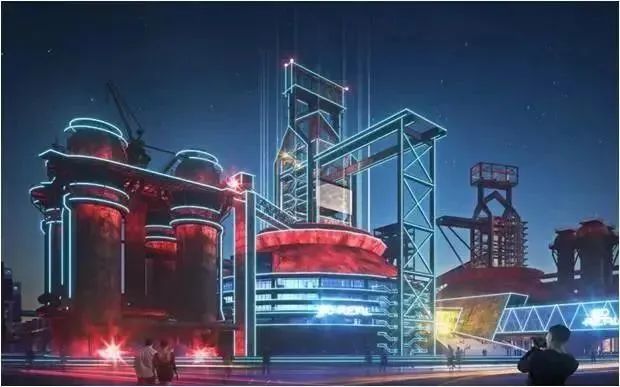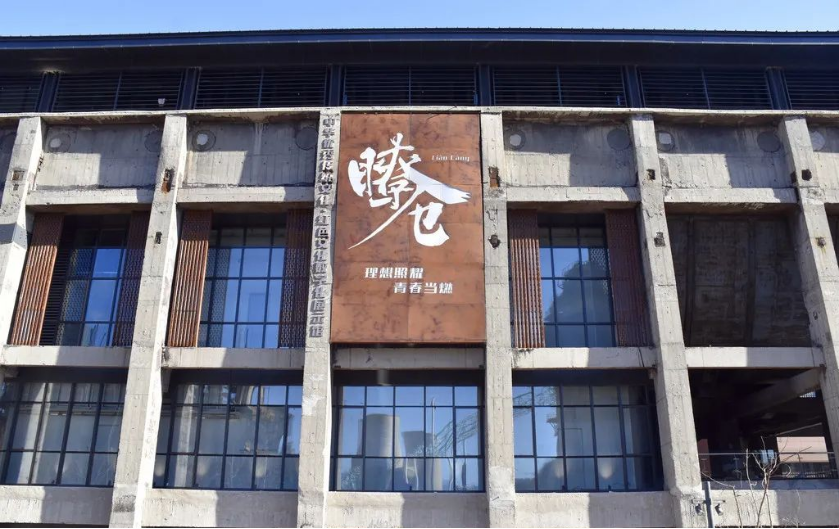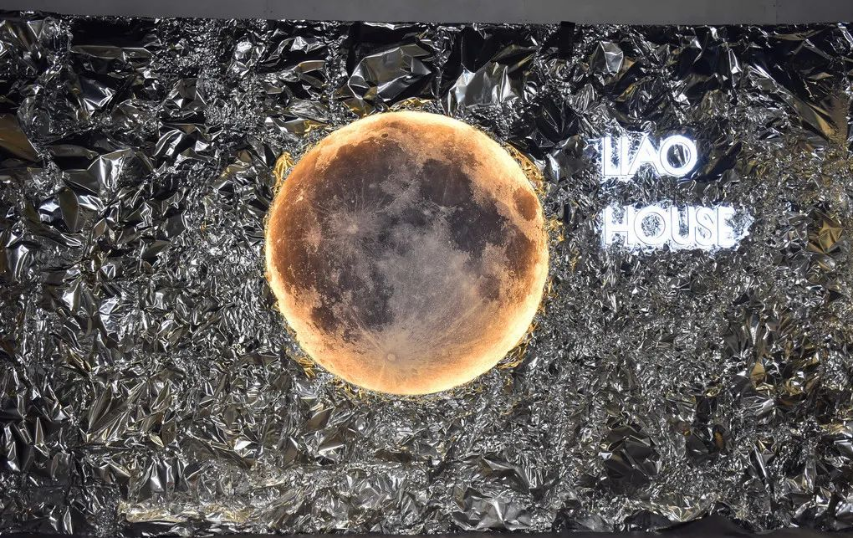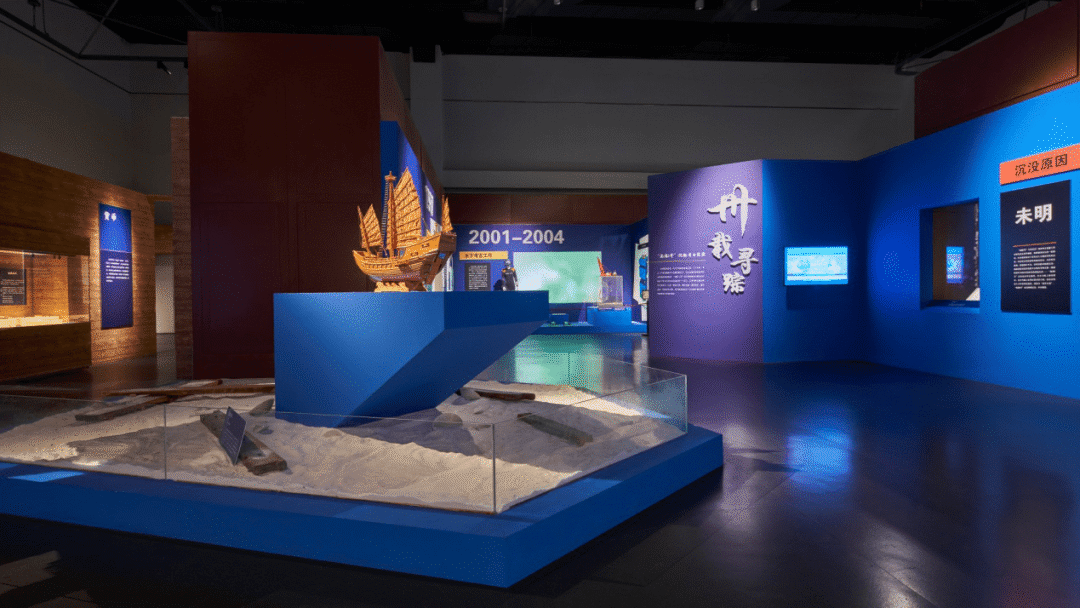A digital cultural experience center is a digital service system and interactive experience space that combines public culture and information technology based on new generation information technologies and communication methods such as big data, cloud computing, and the Internet of Things. It processes cultural resources for the masses, provides universal art popularization services, and manages cultural center business.
With the development of modern information technologies such as artificial intelligence, big data, and 5G, digital technology has become an important engine for industrial innovation, and the digital transformation of cultural industries and cultural public services has become inevitable. During the 14th Five Year Plan period, China will continue to implement the digital strategy of the cultural industry, achieving high-quality development that integrates digitization, intelligence, and culture. The Digital Culture Experience Center (Pavilion) has become the best means to connect with the implementation of national cultural big data projects and build urban cultural brands.
The Current Situation of 01 Cultural and Tourism Digital Exhibition Hall
In recent years, digital exhibition halls have become an increasingly popular form of exhibition. These exhibition halls aim to display exhibits in digital format, providing visitors with an immersive and interactive experience. The characteristic of digital pavilions is that they use cutting-edge technology to showcase their exhibits. Tourists can view their works on large screens, interact with exhibits on touch screens and sensors, and even explore exhibits more immersively using virtual reality or augmented reality technology. Digital pavilions are typically designed to be customizable and flexible, allowing exhibits to be easily and quickly updated or replaced.
The design and construction of digital exhibition halls is a complex process that requires the cooperation of various professionals, including architects, engineers, and digital designers. The first step is to determine the exhibition theme and content, then design the exhibition space and determine the required equipment and technology. The digital exhibition hall must be designed to be user-friendly and easy to access, while providing a secure environment for exhibits. Digital exhibition halls can be applied in a wide range of fields, including museums, art galleries, and commercial exhibitions. Compared to traditional exhibition forms, they offer many advantages, such as reducing the cost of transportation and storage of exhibits, as well as displaying exhibits that may be too fragile or valuable to be displayed in traditional exhibitions.
A key advantage of a digital exhibition hall is to attract visitors through interactive exhibits, where visitors can touch and operate the exhibits, gain a deeper understanding of them, and even contribute their own content or feedback to the exhibits. With the continuous advancement of technology, we look forward to seeing more creative and immersive digital exhibition halls, promoting the possibility of exhibitions. Whether museum visitors, art enthusiasts, or curious about the latest technology, visiting a digital exhibition hall will bring unforgettable experiences.
Characteristics of the 02 Cultural and Tourism Digital Exhibition Hall
(1) Interaction characteristics
The interactive characteristics are mainly reflected in the all-round humanization aspect, which highlights the personalized choices of the audience. Visitors can independently choose different visiting routes and ways according to their visiting needs. When visitors enter the exhibition space, they choose their visit content based on the relevant information provided by the exhibition and their own needs. They are no longer passive recipients of exhibition information, but actively explore the exhibition information. If visiting in a virtual information space, the scope of visitors to unleash their personal spatial imagination is infinitely expanded. Visitors can visit the exhibition from multiple angles and perspectives, and each visit experience is also different. This fully mobilizes the enthusiasm of visitors and stimulates their interest in visiting.
(2) Sensory characteristics
Digital exhibitions can help achieve full sensory participation for visitors, giving them an immersive experience. In a virtual simulation environment, viewers can not only experience the display information from both auditory and visual perspectives, but also feel the stimulation of different exhibition information from the perspectives of smell and touch. Place the audience in a comprehensive simulation environment, allowing them to feel the space of real display.
(3) Imaginary characteristics
The display and application of digital technology further reflect the role of psychology. The environmental information space of digital display is mostly a virtual three-dimensional space, which breaks through the limitations of real space, making the spatial expression more rich, free, and imaginative. In this way, the audience can provide real-time feedback on their feelings to the exhibition during their visit. The information exchange between the exhibition and the audience is more authentic, and the emotions of the audience can be reflected in a timely manner. The exhibition can adjust its display methods in a timely manner to meet the personalized needs of the audience.
Case Study of 03 Cultural and Tourism Digital Exhibition Hall
(1) Beijing Shougang No.1 Furnace Cloud XR Project

The Shougang Park, founded in 1919, is located on the banks of the Yongding River and the west extension of Chang'an Street in Beijing. After its complete shutdown in December 2010, the rugged industrial style and postmodern buildings such as silos, blast furnaces, and cooling towers have been renovated and integrated with modern display and artistic elements, becoming a new landmark of the capital and known as one of the "Four Great Industrial Sites in the World". The 5G Cloud XR project of the popular Qitian Shougang No.1 Furnace is located inside the Shougang Park No.1 blast furnace.
There are dozens of large-scale XR interactive experience projects in this giant building, which is over 80 meters high and has a volume of over 2500 cubic meters. The designer has planned characteristic areas such as VR esports, virtual reality museum, immersive theater, Winter Olympics project experience center, specialty product shopping, future light and shadow interactive restaurant, and holographic bar. The application of virtual reality, holographic imaging and other technologies has made Shougang Park the world's first international cultural and technological park that integrates XR technology with century old industrial relics.
This project adopts multiple leading algorithms and self-developed devices to bring players a high-quality interactive experience. The latest "5G VR edge computing Solution" has been deployed, and the somatosensory vehicle adopts the leading washout motion algorithm and self-developed XDOF platform. The 5G cloud VR competitive business has freed itself from the shackles of cables and optimized the user experience as a whole; Cloud deployment of servers has saved costs, improved overall efficiency by 120%, reduced energy consumption by 40%, and reduced costs by 45%.
▲ Image: Liaocang Art Museum | Source: Beijing Life Circle
▲ Image: Liaocang Art Museum | Source: Beijing Life Circle
(3) Guangdong Maritime Silk Road Museum

▲ Image: Guangdong Maritime Silk Road Museum | Source: Online
▲ Image: Guangdong Maritime Silk Road Museum | Source: Online
The Su Se Life Museum takes the time solar term as the theme and color objects as the content, interpreting the dynamic Suzhou life aesthetics under the 24 solar terms, forming a narrative content based on the traditional Suzhou folk culture and life aesthetics as the basis for color extraction, and creating an immersive digital color synesthesia space through all-round LED screens.







